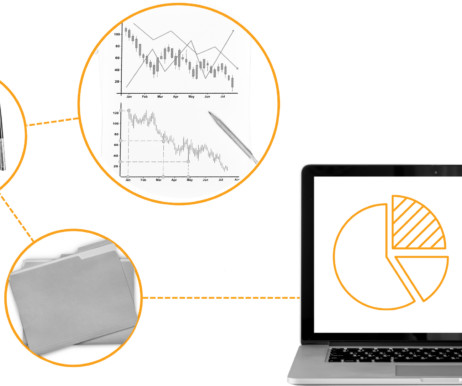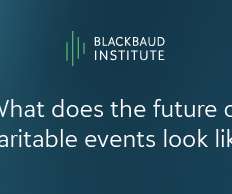Data to support the relentless pursuit of racial equity
Candid
FEBRUARY 6, 2024
My many years of experience collecting and analyzing data as an evaluator naturally lead me to ask: What has been the measurable impact of this important shift? At the 2022 Asian Americans/Pacific Islanders in Philanthropy (AAPIP) conference, a few fellow evaluators and I discussed the findings of the AAPIP report Seeking to Soar.

















Let's personalize your content